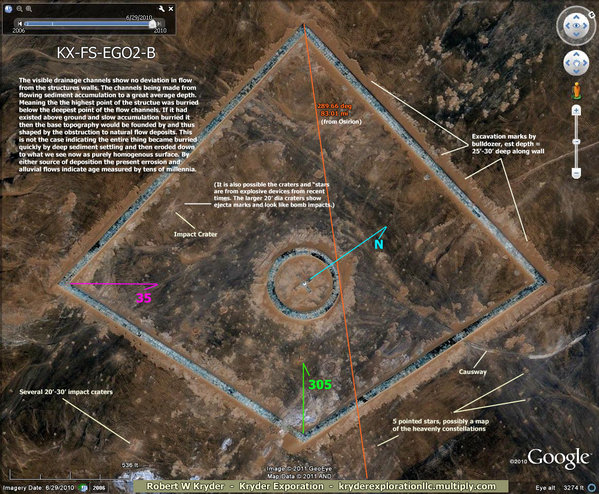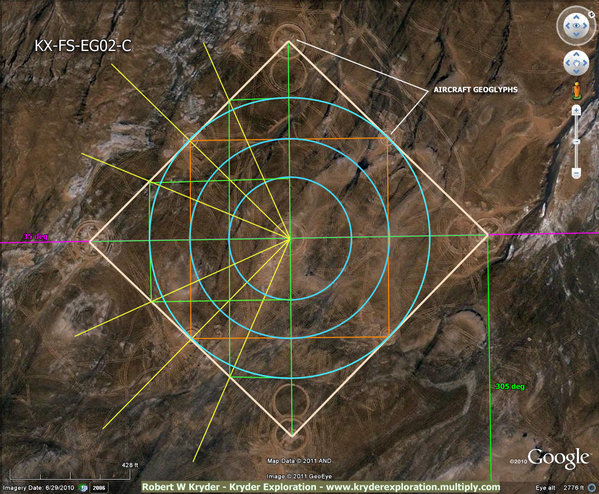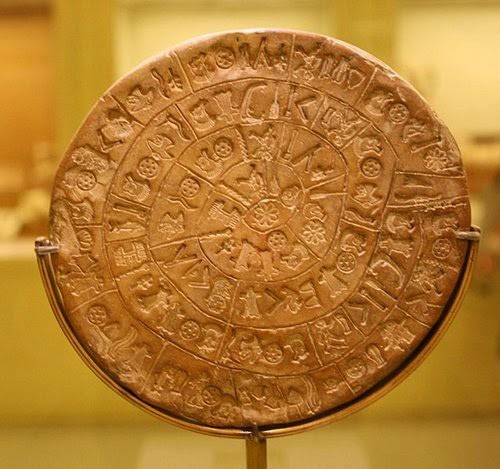Here we reveal the ingenious engineering behind 10 of the world's most epic structures – and the little-known facts that lie hidden in their depths.
1. Taj Mahal, Agra, India
The Taj Mahal is widely considered one of the most beautiful buildings in the world. Image by Tetra Images - Bryan Mullennix / Brand X Pictures / Getty Images.
Legend has it that Mughal ruler Shah Jahan ordered the hands of the Taj Mahal builders to be chopped off after it was completed, to prevent them from ever building anything so beautiful again - although no written evidence supports this story. The elegance of the mausoleum can be attributed to clever engineering. To make the Taj Mahal appear perfectly straight from ground level, the architect designed the minarets to slant slightly outward, which also ensured that in the event of an earthquake they would fall away from the mausoleum's precious dome.
2. Burj Khalifa, Dubai, UAE
This ethereal tower in the Arabian Desert cost US$1.5 billion to construct. At 828m, 2.5 times higher than the Eiffel Tower, the Burj Khalifa is the world's tallest building. To withstand high winds and earthquakes, this superscraper is designed with a 'buttressed core' – three wings set at 120 degrees to each other, anchored around a central hub. Each wing supports the others, so when the wind blows on two of the wings, the third resists the force.
3. Moai, Easter Island (Rapa Nui), Polynesia
The moai are one of Rapa Nui's most enduring images. Image by Volanthevist / Flickr / Getty Images.
These ancient statues (among other theories) have been blamed for the demise of the Easter islanders. Transporting them on logs would have devastated forests, and without trees the soil would have washed away, causing failed harvests, famine, war and cannibalism. But satellite images of Easter Island, taken in 2005, show dirt tracks radiating from the quarry where these mysterious 10m-tall statues were carved. After attaching ropes to the head of the moai, small teams could have moved the statues by 'walking' them along.
4. Stonehenge, England
Stonehenge is still one of Britain's great archaeological mysteries. Image by Shanna Baker / Flickr RF / Getty Images.
Aliens, druids and everyone in between have been proposed as the builders of Stonehenge. But why was it built? Recent evidence suggests it was constructed to celebrate midwinter, not midsummer as previously thought. Most of the monuments in the area are aligned on sunrise and sunset at midwinter and, by dating pig teeth found at nearby settlements, it's now known that more pork was eaten then to celebrate days getting longer.
And how was it built? Around 2600BC, bluestones were (most likely) floated on river rafts from the Preseli Hills in west Wales. Radioactive dating proves glaciers couldn’t have swept them to Salisbury Plain 40,000 years ago, as once thought. On site, the foot of each stone was levered into a pit, and lintels lifted into place using scaffolding.
5. Eiffel Tower, Paris, France
You can't imagine Paris without its signature spire. Image by Rilind Hoxha Photography / Flickr RF / Getty Images.
Built for the 1889 World's Fair, Monsieur Eiffel himself was the first to climb the tower’s 1710 steps to the summit. (Having funded most of the construction, he raked in US$1 million in ticket sales in the first year alone.) At 324m, the Eiffel Tower was a useful radio antenna from which the Germans sent coded signals to their forces during WWII. Today, 50 tons of paint are used to resurface the tower every seven years.
6. Great Wall of China, China
No matter what your expectations, a visit to the Great Wall of China will blow you away. Image by Digital Vision / Photodisc / Getty Images.
Initially built out of rocks and mud, 16th-century Emperor Jiajing developed the Great Wall into a formidable stone dragon. Millions of workers were recruited from the army or press-ganged into signing up, and worked around the clock, extending the wall and constructing the forts. Records claim that a 3km section was completed in 600 days by just 3000 men. And despite frequent billing as the only man-made object visible from space, the Great Wall can actually be seen only with a hefty camera lens from low Earth orbit.
7. Angkor Wat, Cambodia
A traveller’s first glimpse of Angkor Wat, the ultimate expression of Khmer genius, is sure to astonish. Image by Artie Photography (Artie Ng) / Flickr / Getty Images.
This empire of temples for a city of 1 million people took more than 300,000 workers just 35 years to build (with the help of 6000 elephants). Most temples take centuries to build, let alone one this size: Angkor Wat is believed to be the largest religious complex in the world. Indeed, Angkor Wat's moat is so vast that it can be seen from space. Each one of more than 3000 seductive nymphs (apsaras) carved on the temple walls is unique and has one of 37 different hairstyles.
8. Machu Picchu, Peru
In a spectacular location, Machu Picchu is the best-known archaeological site on the continent of South America. Image by Image source / Getty Images.
Clinging to a remote ridge high in the Andes, the ancient city of Machu Picchu was built, lived in and deserted in fewer than 100 years – then lost to civilization for centuries. During construction, the Inca didn't use wheels to transport the blocks. Instead it's thought they hauled them up the slopes by hand, as protrusions have been found on a few stones (suggesting grips for workers' hands). Ingenious engineering solutions were used to counteract earthquakes: L-shaped blocks anchored corners together, doors and windows tilted inward, and no mortar was used between stones so that, if shaken, they could move and resettle without collapsing.
9. Khazneh, Petra, Jordan
The treasury (Khazneh) is one of Petra's most impressive sights. Image by Danita Delimont / Gallo Images / Getty Images.
Immortalized in films like Indiana Jones, the 2000-year-old Khazneh was the jewel of the ancient city of Petra. A nearby unfinished tomb suggests the Khazneh was probably carved from top down. So the holes running up either side of the façade are misleading – they were probably created later by vandals to use as footholes to deface sculptures.
10. Great Pyramid of Giza, Egypt
The Great Pyramid of Giza remained the world's tallest building for 4000 years. Image by Daryl Benson / Stone / Getty Images.
The goliath Great Pyramid of Giza, the sole survivor of the Seven Wonders of the Ancient World, was the tallest construction in the world until the Eiffel Tower was built in 1889. It was built to hold just three burial chambers, but required a workforce of around 30,000. Intriguingly, analyses of the living arrangements, bread-making technology, animal remains and ancient graffiti suggest the workers were not slaves as previously thought, but skilled laborers.
Information sources: http://www.lonelyplanet.com/travel-tips-and-articles/top-secrets-the-truths-behind-10-of-the-worlds-great-wonders#ixzz3U0TqIWI9


.jpg)





















_edit1.jpg)









